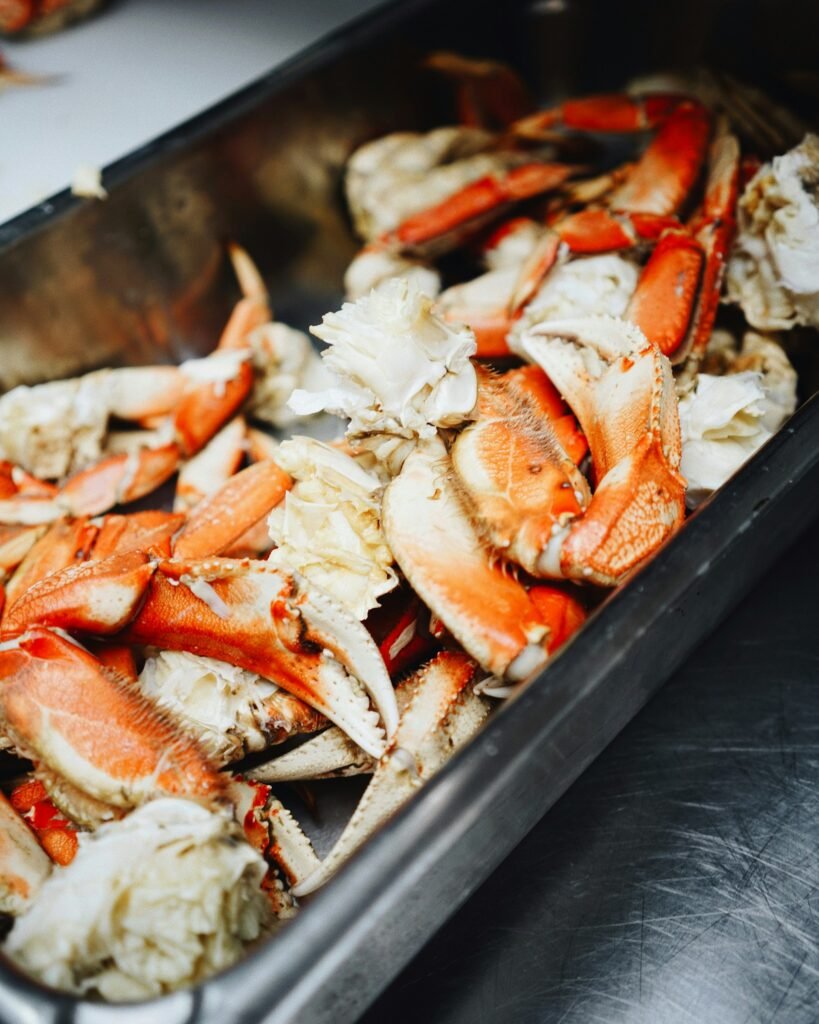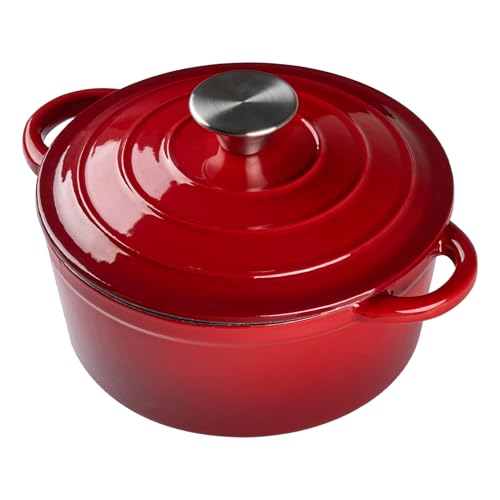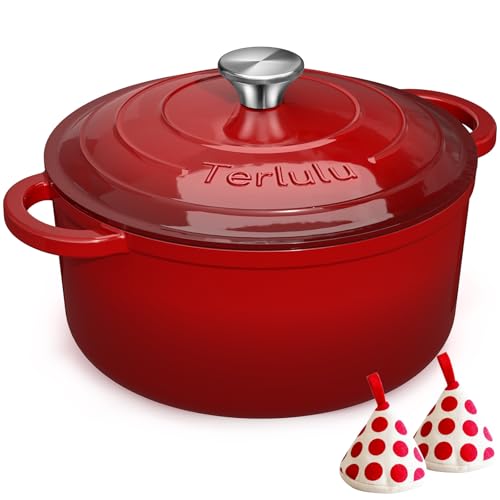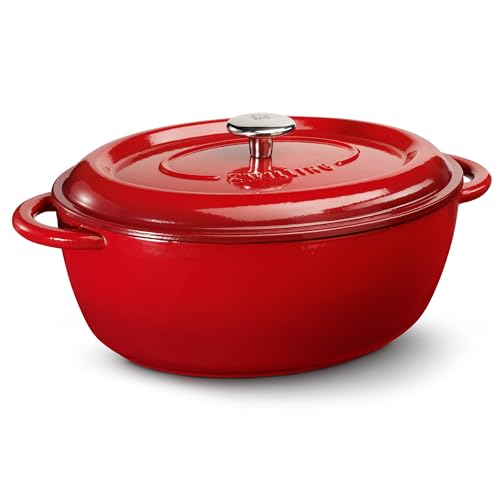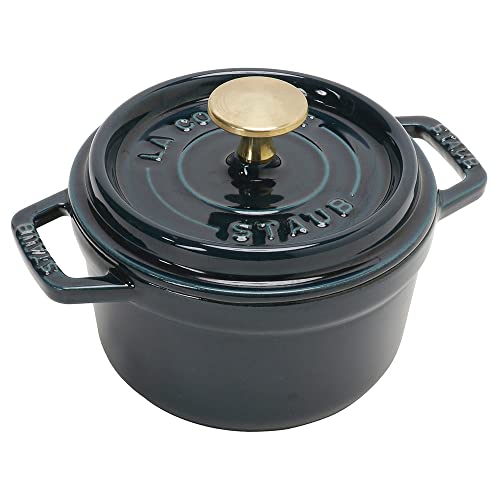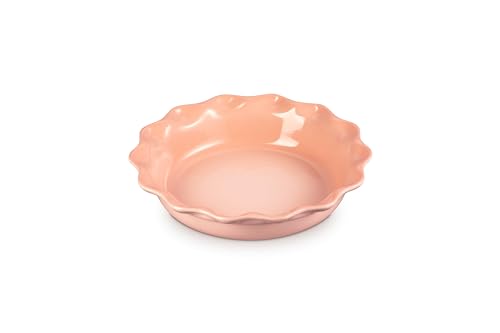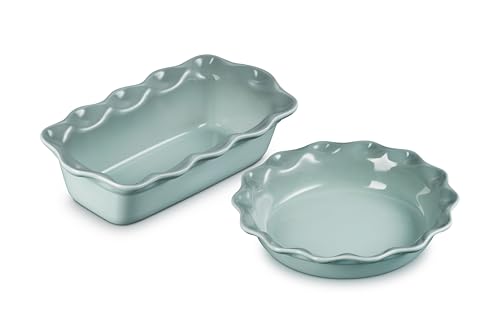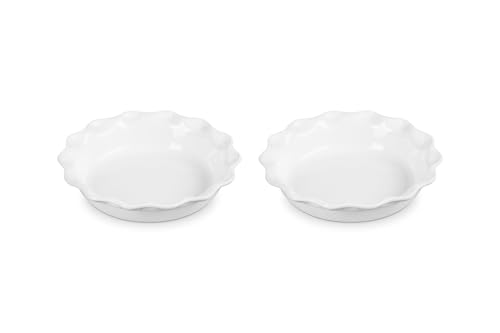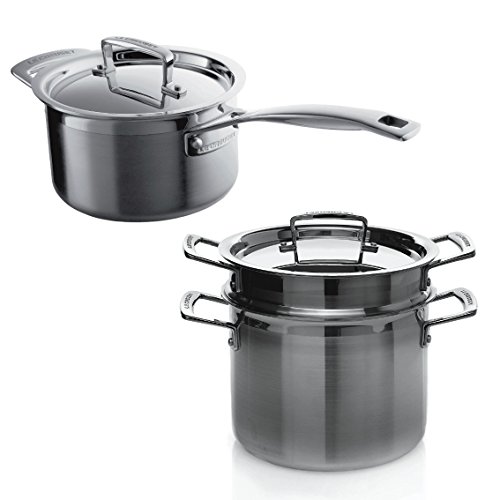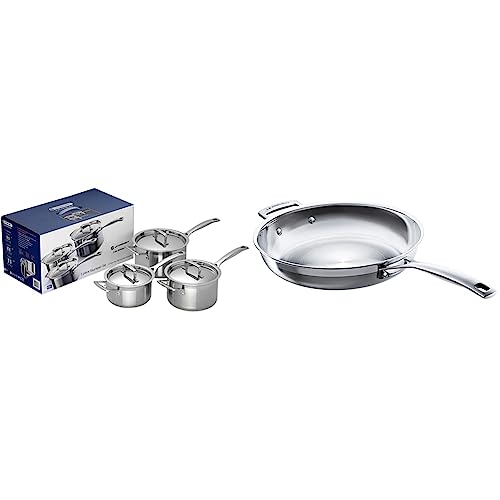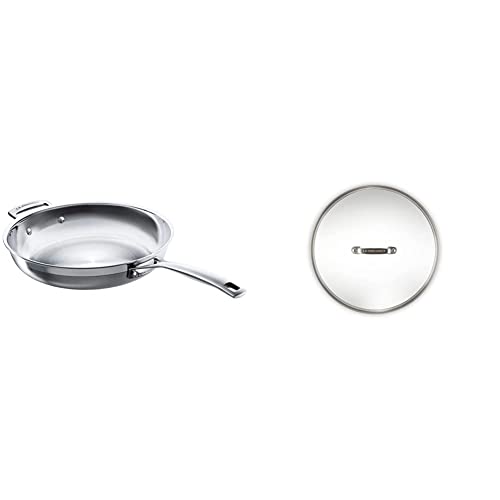This post may contain affiliate links which means we may receive a commission at no cost to you, if you make a purchase through a link. Please see our full disclosure for further information.
Crab is a seafood treasure—tender, sweet, and full of flavor. But cooking it right takes know-how: fresh crab, proper prep, and the best methods. Perfect Crab Cooking Guide covers everything you need, from picking a live crab to serving it with delicious dips. Whether you’re a beginner or a home cook, Perfect Crab Cooking Guide helps you nail crab dishes every time.
Step 1: Choose Fresh Crab – Varieties & Prep Tips
Freshness and the right variety set the stage for great crab. Perfect Crab Cooking Guide starts here, with key info on common crabs and how to prep them.
Common Crab Varieties to Know
Not all crabs cook the same—each has unique flavor and best uses:
1. Blue Crab
- Origins: U.S. East Coast, Gulf of Mexico, and parts of Asia (like China’s coastal regions).
- Look: Small to medium (4–6 inches wide), with a blue-tinted shell and bright orange roe (in females).
- Meat: Sweet, delicate, and slightly briny. The claws have firm meat, while the body has softer flesh.
- Best for: Steaming, boiling, or making crab cakes (its tender meat binds well).
2. Dungeness Crab
- Origins: U.S. West Coast (Alaska to California) and Canada’s Pacific coast.
- Look: Large (6–10 inches wide), with a reddish-brown shell and thick, meaty claws.
- Meat: Plump, sweet, and low in fat. It has more body meat than many other crabs.
- Best for: Boiling (with Old Bay) or steaming—simple methods that highlight its natural flavor.
3. King Crab
- Origins: Alaska, Russia, and Norway’s cold oceans. Sold mostly as pre-cracked legs (whole crabs are rare).
- Look: Giant legs (up to 3 feet long), with a spiny, reddish shell.
- Meat: Firm, succulent, and rich. It’s often considered a luxury due to its size.
- Best for: Boiling or broiling (serve with melted butter—its bold flavor stands up to simple seasonings).
4. Snow Crab
- Origins: North Atlantic and Arctic oceans (Alaska, Canada, Greenland).
- Look: Slender legs (thinner than king crab), with a light brown shell.
- Meat: Mild, sweet, and flaky. It’s more affordable than king crab.
- Best for: Steaming, boiling, or adding to salads (its delicate texture works in light dishes).
5. Mud Crab (Black Crab)
- Origins: Southeast Asia (Thailand, Vietnam), Australia, and India.
- Look: Dark brown or black shell, with powerful claws (meaty and firm).
- Meat: Bold, sweet, and dense. The claws have the most prized meat.
- Best for: Garlic vermicelli steaming or stir-frying (its robust flavor handles strong seasonings).
How to Prep Crab Before Cooking
Once you pick your variety, prep it safely to remove inedible parts:
- Rinse thoroughly: Use cold water to scrub the shell, claws, and legs. Remove any dirt, seaweed, or barnacles.
- Flip and remove the apron: Turn the crab belly-up. Pull off the triangular “apron” (narrow for males, wide for females).
- Clean the insides: Pry open the top shell (carapace) with a knife. Scoop out the gills (feathery, gray parts—they filter water and aren’t edible) and the small, hard stomach sac.
- Cut large crabs: For king crab legs or whole Dungeness crabs, use kitchen shears to snip through tough shell joints. This helps heat reach the meat evenly.
4 Classic Crab Cooking Methods
These methods highlight each variety’s best qualities. They’re easy to follow—core to Perfect Crab Cooking Guide.
1. Steamed Crab (Most Preserves Freshness)
Steaming keeps crab meat juicy and tender. It’s ideal for blue crabs, mud crabs, and small Dungeness crabs.
- What you need: Steamer pot, water, ginger, green onion, salt.
- Steps:
- Add 1 inch of water to the pot. Toss in 2 ginger slices, 1 tied green onion, and 1 tsp salt.
- Bring water to a boil. Place crabs in the steamer basket (belly-up—prevents meat from leaking out).
- Cover and steam: 10–12 minutes (small crabs, 400g), 15–18 minutes (large crabs, 600g).
- Pro tip: Check doneness—shell turns bright red. Serve with ginger-vinegar dip (3 tbsp rice vinegar + 1 tsp grated ginger + 1 tsp sugar).
2. Boiled Crab (Great for Flavor Infusion)
Boiling lets you add bold seasonings. It works well for Dungeness crabs, snow crab legs, and king crab legs.
- What you need: Large pot, water, Old Bay seasoning (or crab boil mix), lemon, garlic.
- Steps:
- Fill the pot with water (enough to cover crabs). Add 2 tbsp Old Bay, 1 sliced lemon, and 2 crushed garlic cloves.
- Bring to a rolling boil. Use tongs to gently lower crabs into the water (avoid pinches!).
- Boil: 8–10 minutes (crab legs), 12–15 minutes (whole crabs).
- Pro tip: Don’t overboil—meat gets tough. Drain and serve with melted butter for dipping.
3. Garlic Vermicelli Steamed Crab (Restaurant-Style)
This method adds texture with glass noodles. It’s perfect for mud crabs (their dense meat holds up to the sauce).
- What you need: 1 cleaned mud crab (cut into 4 pieces), 50g vermicelli, 3 tbsp minced garlic, 2 tbsp soy sauce, 1 tbsp oyster sauce, cooking oil.
- Steps:
- Soak vermicelli in warm water for 5 minutes. Drain and spread on a heatproof plate.
- Heat 2 tbsp oil in a pan. Sauté garlic until golden (1 minute). Stir in soy sauce and oyster sauce.
- Place crab pieces on the vermicelli (belly down). Pour garlic sauce over the crab.
- Steam for 12–15 minutes. Garnish with chopped cilantro before serving.
4. Salt & Pepper Fried Crab (Crispy & Savory)
Fried crab is crispy and flavorful. It’s great for hard-shell blue crabs or small mud crab claws.
- What you need: 2 blue crabs (cut into 8 pieces), 2 tbsp cornstarch, 1 tsp salt, 1 tsp white pepper, frying oil, chopped green onion.
- Steps:
- Pat crab pieces dry with paper towels. Toss in cornstarch, salt, and pepper—coat evenly.
- Heat 1 inch of oil in a wok to 350°F (175°C). Fry crab in batches until shell is crispy (3–4 minutes per batch).
- Drain on paper towels. Toss with chopped green onion before serving.
- Pro tip: Use a splatter guard—oil pops when frying crab shells.
Crab Nutrition: What You’re Eating
Crab is not just tasty—it’s nutrient-dense. This info adds value to Perfect Crab Cooking Guide.
Key Nutrients (Per 100g Cooked Crab Meat)
- Protein: 19g (38% of an adult’s daily needs). It’s high-quality and easy to digest—great for muscle repair.
- Fat: 2.6g (mostly unsaturated, healthy fats). Low in saturated fat, so it’s heart-friendly.
- Calories: 95 kcal—low for a protein-rich food. Perfect for weight management.
- Micronutrients:
- Selenium: 34μg (56% of daily intake). Fights cell damage and supports immunity.
- Vitamin B12: 2.5μg (over 100% of daily intake). Keeps nerves and blood cells healthy.
- Zinc: 3.6mg (33% of daily intake). Boosts wound healing and immune function.
Eating Tips for Balance
- Pair with warm ingredients: Crab has a “cool” nature (in traditional food theory). Mix with ginger, garlic, or chili to aid digestion.
- Watch cholesterol: Crab has 70mg cholesterol per 100g. Most people can enjoy it 1–2 times a week in moderation.
- Don’t waste roe: Female crabs have orange roe (eggs) inside. It’s rich in omega-3 fatty acids—scrape it out and add to fried rice or pasta.
How to Peel Crab Easily
Peeling crab can be messy. These tricks make it simple—part of Perfect Crab Cooking Guide.
- Claws: Use a crab cracker (or nutcracker) to break the shell. Pick out meat with a small fork or crab pick.
- Body: Twist off the legs first. Pull the top shell off, then scoop meat from the body cavities with a spoon.
- Legs: Gently squeeze the leg from the top. Push meat out from the bottom end using your thumb or a pick.
How to Store Cooked Crab
Leftover crab tastes great the next day—if stored right.
- Refrigerate: Place cooled crab in an airtight container. It stays fresh for 2–3 days.
- Freeze: Remove meat from the shell, wrap in plastic wrap, and seal in a bag. Freeze for up to 1 month. Thaw in the fridge overnight.
- Reheat: Steam leftover crab for 3–5 minutes (avoid microwaving—it makes meat rubbery).
Why This Guide Works
Perfect Crab Cooking Guide doesn’t just list recipes—it teaches you the “why.”
You learn to match crab varieties to cooking methods, prep safely, and enjoy crab as part of a healthy diet. No fancy tools or skills are needed—just fresh ingredients and simple steps.
Crab cooking doesn’t have to be intimidating. With these tips, you’ll serve tender, flavorful crab that impresses family and friends.
Uncover further inspiration in our blog.
Angry Crab Shack: Seafood Boil Restaurants In London
The Cracking Crab – Venues on the south coast of England
The Gothic Crab | Seafood Restaurant and Boil House Brighton


